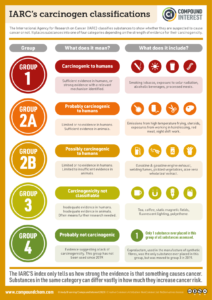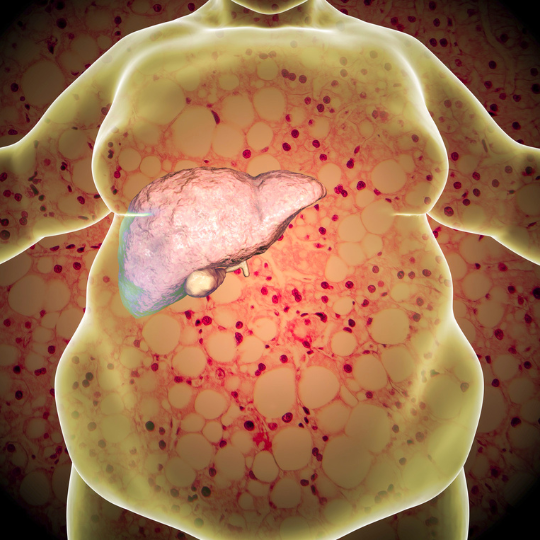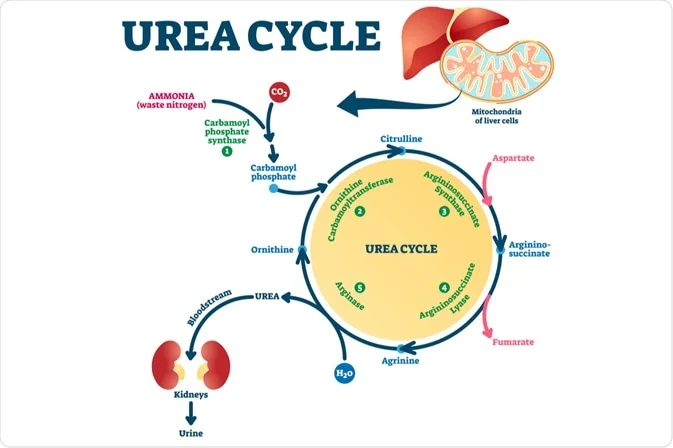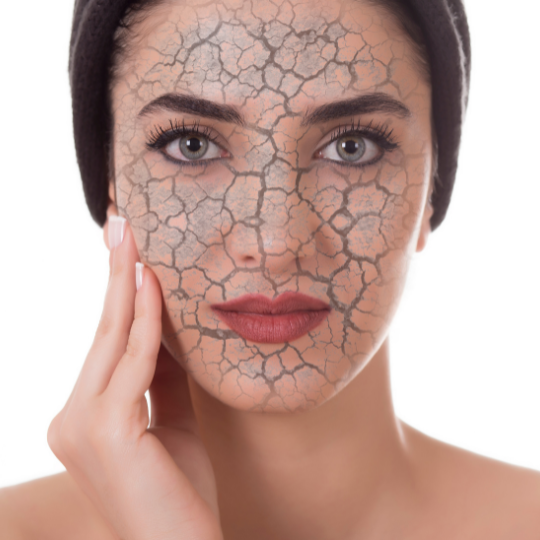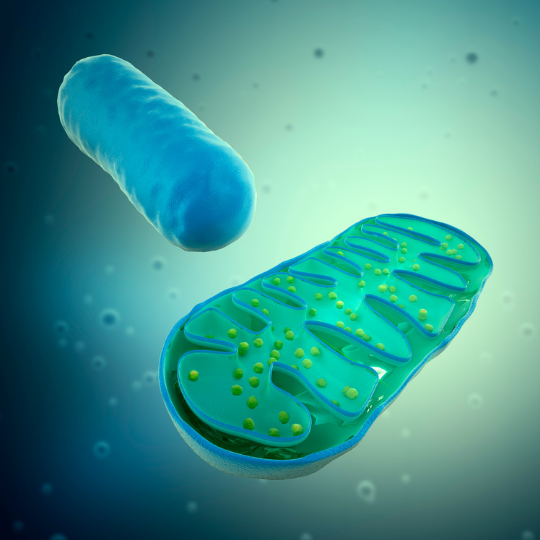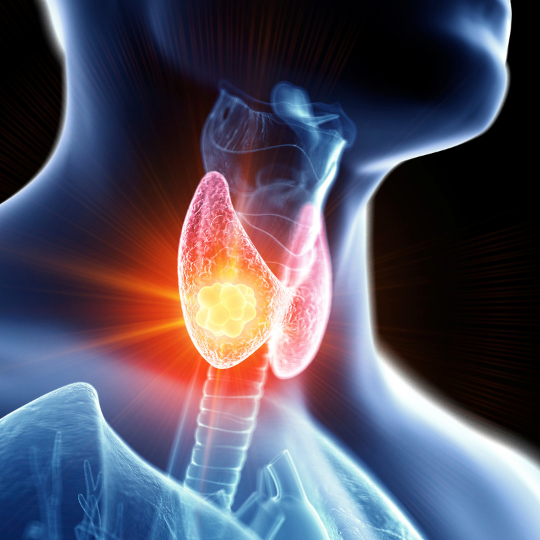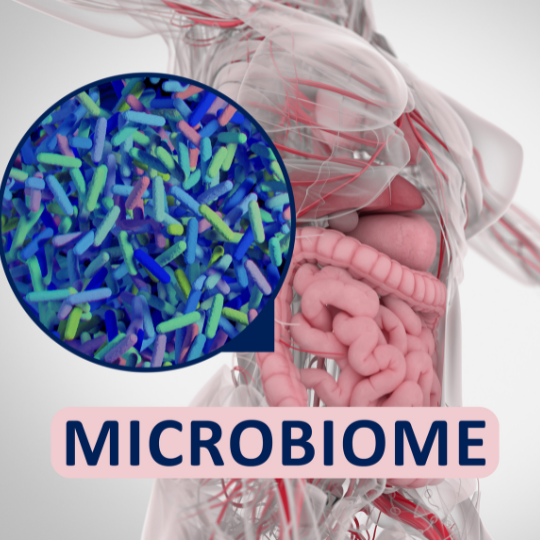As the name suggests, carcinogens are substances that can cause cancer. They are ubiquitous in modern societies and can be found in various forms, including natural substances, additives in products, and contaminants in food or the environment. Some can be more detrimental to health than others, but in general it is important to be aware of carcinogens and take steps to minimize exposure to them, as even small amounts of certain carcinogens can increase the risk of cancer.
Carcinogens classification
The International Agency for Research on Cancer (IARC) has classified carcinogens into several categories based on the strength of the evidence linking them to cancer. Group 1 includes substances that are known to cause cancer in humans, while Group 2 includes substances that are probably carcinogenic to humans. Group 3 includes substances that are not classifiable as to their carcinogenicity to humans, and Group 4 includes substances that are probably not carcinogenic to humans.
Some examples
There are several natural substances that have been classified as carcinogens by the IARC. For example, glyoxal and methylglyoxal are chemicals that are produced naturally in the body and can also be found in alcoholic drinks or coffee. These substances have been classified as Group 2B carcinogens, which means they are possibly carcinogenic to humans. Dyacetil, a chemical found in some buttery foods, has also been classified as a Group 2B carcinogen.
Additive carcinogens are substances that are added to products for a specific purpose, such as preservatives or flavorings. Some additives have been classified as carcinogens by the IARC, such as for example butylated hydroxyanisole or potassium bromate, a flour additive. It is therefore extremely important to be aware of the ingredients in the products you use and consume, and try to choose products that are made with fewer additives. Just to be on the safe side.
Contaminant carcinogens are substances that are present in a product or the environment due to contamination. These substances can be found in various forms, including air pollution, water pollution, and food contamination. Whereas pollution is a beast on its own and something we have to deal with as a society, some examples of food contaminant carcinogens include heterocyclic amines (HCAs) and polycyclic aromatic hydrocarbons (PAHs); these are formed when meat is grilled or barbecued at high temperatures, via a chemical reaction known as the Maillard reaction and as of 2021, 9 HCAs and 16 PAHs have been classified in groups 1, 2A and 2B by IARC.
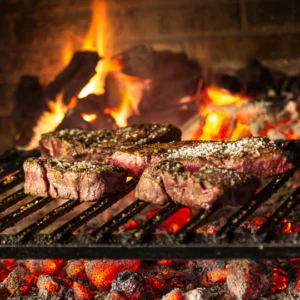
Acrylamide, a chemical found in some fried and baked goods, has also been classified as a Group 2A carcinogen, which means it is probably carcinogenic to humans. It is also formed via the Maillard reaction between the amide group of asparagine and the carbonyl group of reductor sugars, such as
glucose in the frying/baking process. It is highest in chips and french fries, sorry McDonald’s.
Aflatoxin, a toxin produced by certain fungi, is another known contaminant carcinogen that can be found in some grains, nuts, and seeds, such as corn and peanuts, which are technically a legume. Improper storage or food processing can exacerbate aflatoxin levels, which have been linked to liver cancer. Usually, aflatoxin is metabolized by Cytochrome P450’s gene CYP3A4 into a more genotoxic metabolite, which is then detoxified by the GSTM1 enzyme.
The nutritional fix
In addition to minimizing your exposure to carcinogens, including specific foods in your diet may help reduce the risk of cancer:
- cruciferous vegetables, such as broccoli, cabbage, and Brussels sprouts, for their sulforaphane content
- berries, such as strawberries, raspberries, and blueberries, for their anthocyanin content
- and tomatoes, for their lycopene content.
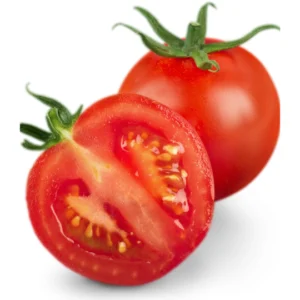
And in addition to choosing proper foods, it is also important to prepare them in a way that minimizes the formation of carcinogens. For example, grilling or broiling meat at high temperatures can increase the formation of HCAs and PAHs, so it is best to use lower-temperature cooking methods such as baking, boiling, or poaching. And whenever possible, use some plant polyphenols in the cooking process, such as rosemary or blueberries.
Give us a shout and we can help you untangle your carcinogenic exposure!
